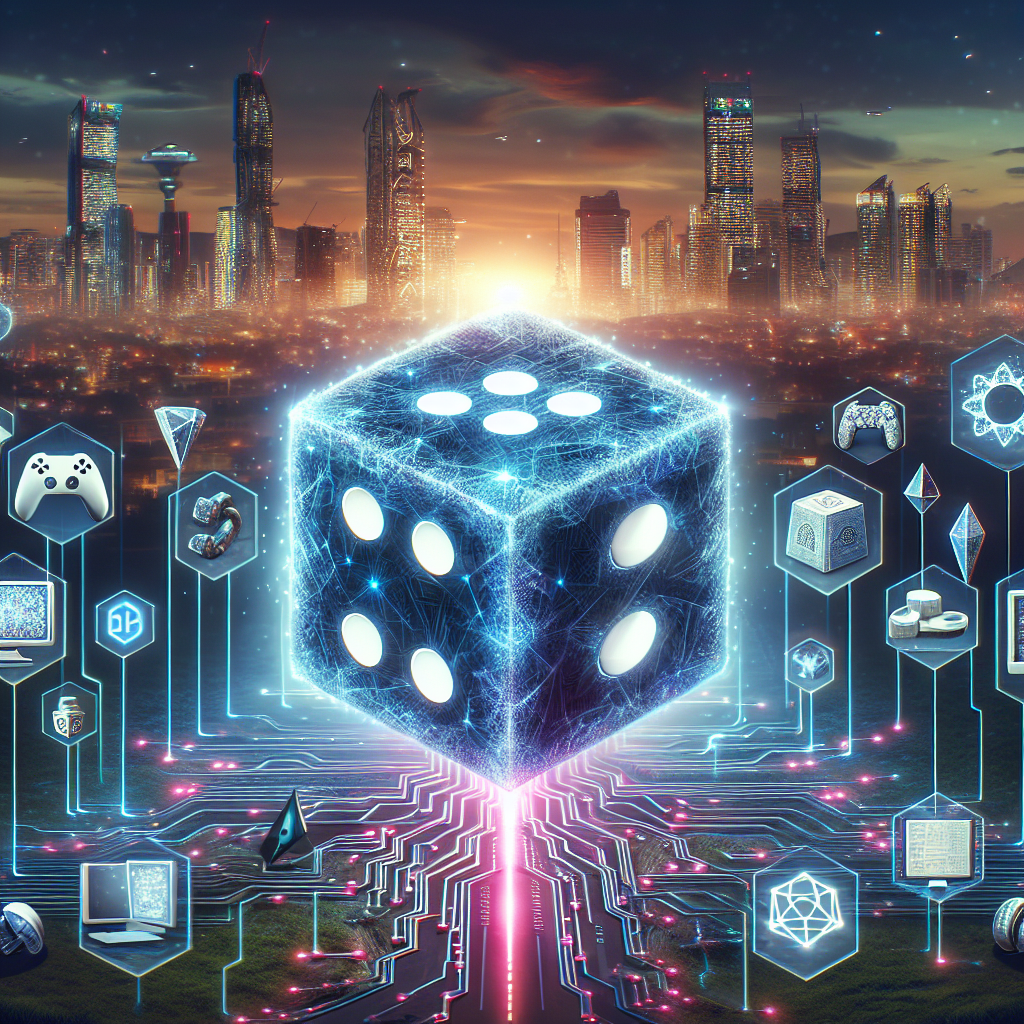The Web3 gaming industry has been a topic of debate and discussion as we enter the year 2025. With promises of player freedom and ownership, the industry has also faced its fair share of challenges and failures. As we reflect on 2024, it becomes evident that the industry is at a critical juncture — will it evolve and adapt, or will it continue to repeat past mistakes?
One of the recurring themes in 2024 was the rise and fall of various Web3 gaming projects. Projects like Dimensionals, Shrapnel, and Illuvium faced challenges that ultimately led to their downfall. Uncertain regulatory environments, poor user experiences, and inadequate economic incentives plagued the industry, leading to a cycle of overpromising and underdelivering.
Despite these setbacks, there were glimmers of hope in 2024. Platforms like Telegram introduced more complex and engaging games, integrating blockchain features seamlessly and focusing on community-driven engagement. Major Web2 game publishers like Ubisoft and PlayStation also embraced blockchain technology, proving that there is real demand and application for it in gaming.
The shift towards Web3 gaming is further evidenced by institutional support, such as the partnership between the Malaysian Digital Economy Corporation and CARV. This indicates a broader recognition of Web3 gaming as a scalable, long-term opportunity rather than just a niche experience.
Players have also evolved in their expectations, moving away from play-to-earn models towards play-and-earn ones. They now demand compelling gameplay experiences that offer tangible value, rather than just token drops as incentives. This shift highlights the importance of putting gameplay at the core of design and focusing on utility rather than empty promises of asset ownership.
As we look towards the future of Web3 gaming, it is clear that players are setting the rules of the game. Projects that can seamlessly integrate blockchain technology, forge valuable partnerships, navigate regulatory challenges, and demonstrate the necessity of blockchain integration will be the ones to succeed. By achieving these goals, Web3 gaming can fulfill its potential and emerge as a solid alternative to traditional Web2 gaming experiences.
In conclusion, the Web3 gaming industry is at a crucial turning point in 2025. While challenges persist, there are promising signs of progress and evolution. By focusing on player experience, utility, and meaningful partnerships, the industry can overcome past failures and establish itself as a viable and sustainable alternative to traditional gaming models.

